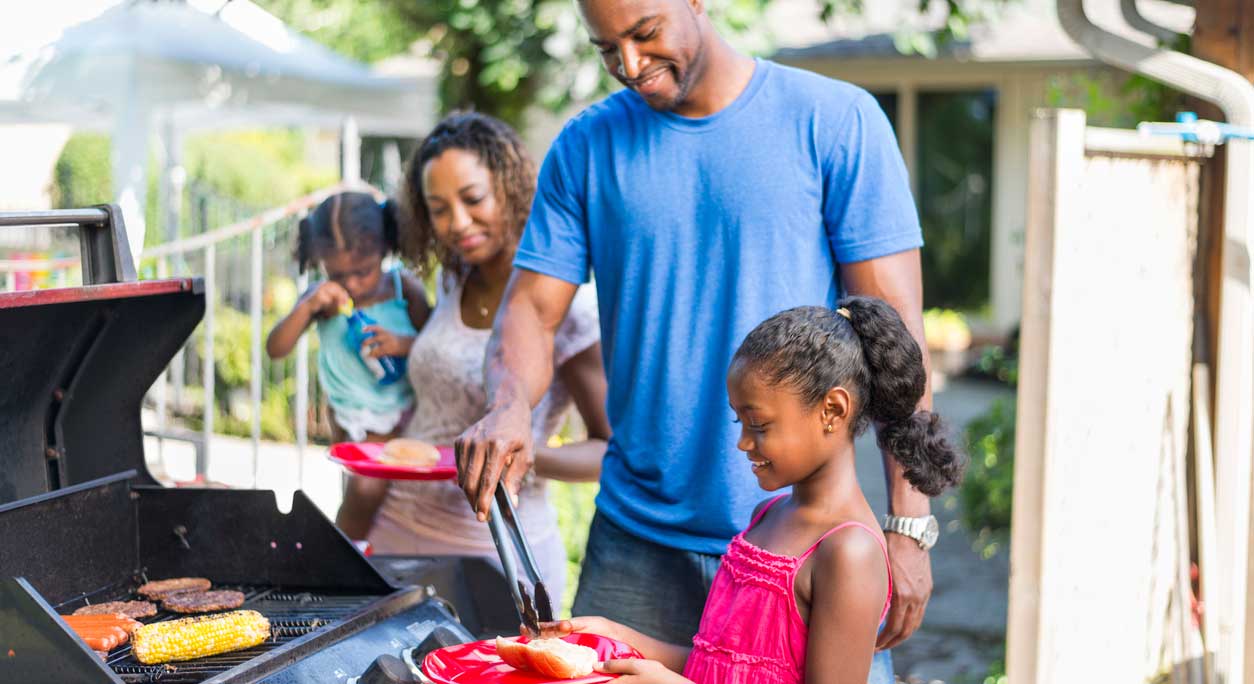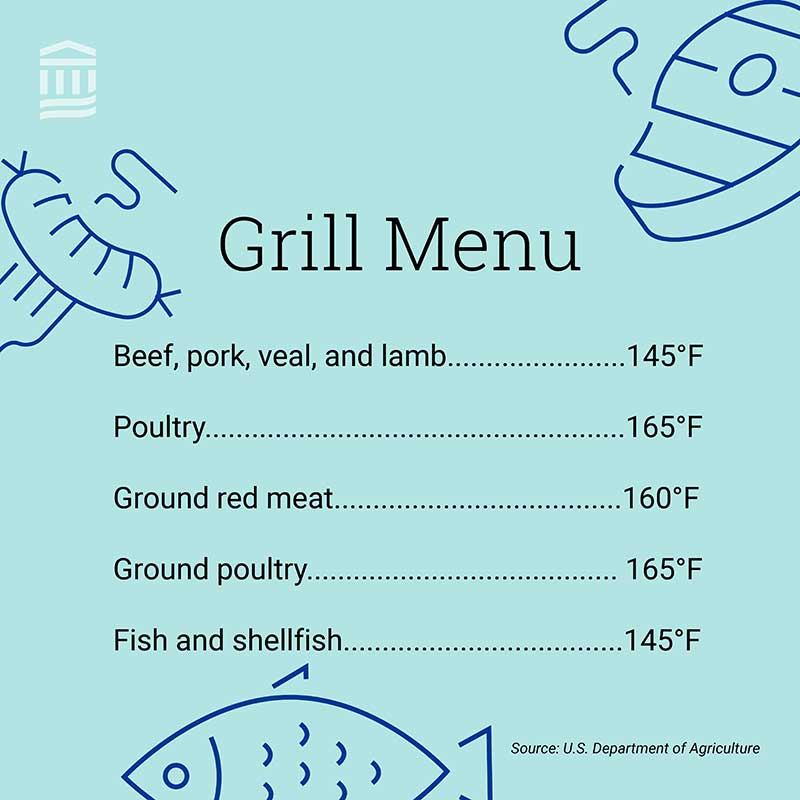-
- Find Care
-
- Visitor Information
- Find a Location
- Shuttles
- Visitor Policies
-
-
- Our Virtual Care Options
- Virtual Urgent Care
- Virtual Visits for Primary & Specialty Care
- Online Second Opinions
- Participate in Research
-
- Contact us
-
- For Innovators
- Commercialization Guide for Innovators
-
-
- Research News
- Alzheimer's Disease
- Artificial Intelligence
-
- Overview
-
- Overview
- Getting Started
- New to Mass General Brigham
- International Patient Services
- What Is Patient Gateway?
- Planning Your Visit
- Find a Doctor (opens link in new tab)
- Appointments
- Patient Resources
- Health & Wellness
- Flu, COVID-19, & RSV
- Billing & Insurance
- Financial Assistance
- Medicare and MassHealth ACOs
- Participate in Research
- Educational Resources
- Visitor Information
- Find a Location
- Shuttles
- Visitor Policies
- Find Care
-
- Overview
- Our Virtual Care Options
- Virtual Urgent Care
- Virtual Visits for Primary & Specialty Care
- Online Second Opinions
-
- Overview
- Participate in Research
-
- Overview
- About Innovation
- About
- Team
- News
- For Industry
- Venture Capital and Investments
- World Medical Innovation Forum (opens link in new tab)
- Featured Licensing Opportunities
- For Innovators
- Commercialization Guide for Innovators
- Contact us
-
- Overview
- Information for Researchers
- Compliance Office
- Research Cores
- Clinical Trials
- Advisory Services
- Featured Research
- Two Centuries of Breakthroughs
- Advances in Motion (opens link in new tab)
- Brigham on a Mission (opens link in new tab)
- Gene and Cell Therapy Institute
- Research News
- Alzheimer's Disease
- Artificial Intelligence
-
- Overview
-
- Overview
- Residency & fellowship programs
- Brigham and Women's Hospital
- Massachusetts General Hospital
- Mass Eye and Ear
- Newton-Wellesley Hospital
- Salem Hospital
- Integrated Mass General Brigham Programs
- Centers of Expertise
- Global & Community Health
- Health Policy & Management
- Healthcare Quality & Patient Safey
- Medical Education
- For trainees
- Prospective trainees
- Incoming trainees
- Current trainees
- Continuing Professional Development
BBQ Safety Tips for Your Next Party

For many people, grilling in the yard with friends and family is one of the highlights of summer. But just because you’re taking the party outside doesn’t mean you can let your food safety standards slip, says Abeer Bader, MSc, RD, LDN, a Mass General Brigham dietitian, and clinical nutrition manager at the Massachusetts General Hospital Weight Center.
Meats and other perishable foods can contain bacteria that cause food poisoning. You can reduce that risk by following some basic food safety steps when you entertain. Bader offers these tips to ensure your summer barbeques are both safe and delicious.
BBQ health and safety: Pre-party prep
Food safety begins before you ever light up the grill. Start your party off right with these food safety steps:
Start with a clean slate: “Begin by washing your hands with soap and hot water, and clean the surfaces where you’ll be preparing food,” Bader says.
Defrost with care: Don’t leave frozen meat out on the counter to thaw. “That can promote the growth of harmful bacteria,” she says. Instead, put frozen meats in the refrigerator the day before to thaw safely overnight. To save time, you can also thaw meat under cold running water, inside a leak-proof package or plastic bag.
Stay in the zone: Keep meats separate from other foods, like fresh vegetables or fruit. “Consider getting one cutting board that you use only for raw meat, to lower the risk of cross-contamination,” Bader says.
Flavor and chill: “Marinating meat is a great way to enhance the flavor,” Bader advises. “But don’t leave marinating meat out at room temperature.” Return the meat and its marinade to the fridge to soak up flavor safely for up to 24 hours.
Prep your grill: Clean your grill with a grill brush and light it to preheat. “Let the grill burn for a while at higher heat to kill off germs before you start cooking,” she adds.
Meat grilling safety tips: The right BBQ temperatures
More food safety for summer fun
Cooking meat correctly is a food safety must. But it’s not the only food safety item on your to-do list. Keep these tips in mind while you’re preparing and serving food at your BBQ.
Think about hygiene: Wash your hands before grabbing food (and hopefully, others follow suit). Consider using food covers to keep bugs from sharing your feast.
Keep germs at bay: Bacteria grow quickly at room temperature. To slow germs’ roll, keep warm foods hot in chafing dishes, and keep chilled foods cold by storing them on ice or in coolers.
Know when to trash it: If you want to save leftovers, move them into the fridge within 2 hours of cooking. Discard food that sits out for more than 2 hours. That 2-hour rule shrinks in hot weather, though. When the temperature climbs above 90°F, you’ll want to discard food that’s been out more than 1 hour.
Cool drinks separately: Plan one cooler for chilled foods like coleslaw or potato salad, and another for drinks, Bader suggests. That way the foods will stay cool no matter how often people reach into the drink cooler for another seltzer or soda.
Embrace variety: You don’t have to plan an indulgent menu to make grilling a treat. “It’s easy to include a variety of healthy foods, including lean proteins, colorful veggies, and lots of sliced fruit for dessert,” Bader says. “Barbecuing can be a fun and popular way to meet your health and nutrition goals.”

